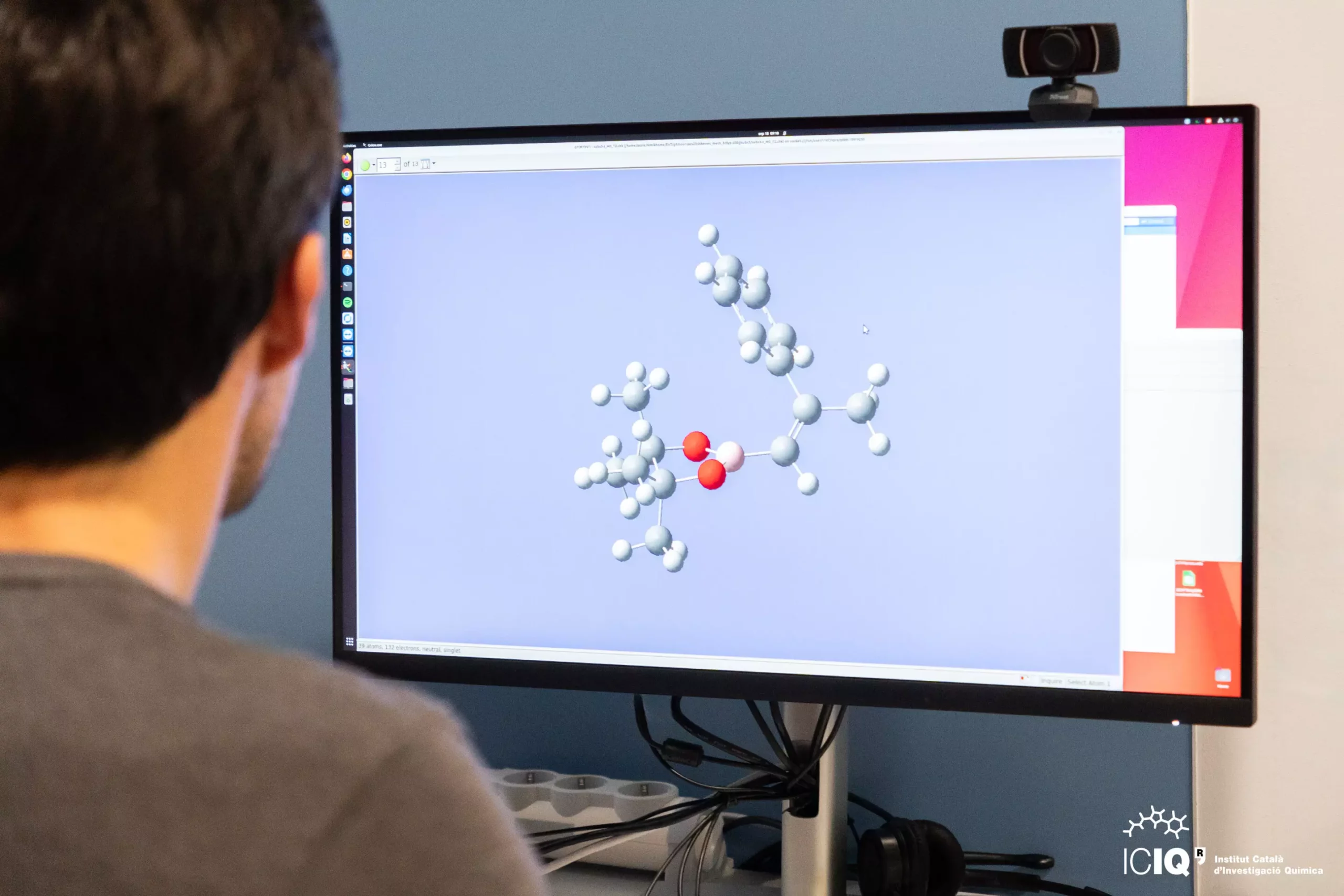In the realm of photocatalysis, understanding the mechanisms of energy transfer (EnT) is crucial for the development of efficient systems. Dr. Albert Solé-Daura and Prof. Feliu Maseras have innovatively adapted the Marcus theory, originally designed for single-electron transfer (SET) modeling, to probe the intricate dynamics of EnT. This shift represents a significant leap in computational chemistry, opening pathways for rigorous research and application in photocatalytic processes.
Marcus Theory Meets Density Functional Theory
The research underscores a vital integration of the Marcus theory with Density Functional Theory (DFT). Traditionally, modeling EnT processes has been daunting, often relying on computationally intensive wavefunction-based methodologies. Solé-Daura and Maseras’ findings, published in *Chemical Science*, illuminate how the classical Marcus theory can serve as a pragmatic alternative, facilitating the prediction of free-energy barriers related to EnT. Their work posits that by utilizing Marcus theory, researchers can streamline large-scale computational screenings while concurrently enhancing our understanding of the complex structure-activity relationships inherent in EnT.
Asymmetrical vs. Symmetrical Approaches
A particularly noteworthy aspect of this study is its examination of the ‘asymmetric’ variant of the Marcus theory. This approach diverges from the traditional symmetric application by allowing for different widths in the parabolic energy surfaces that describe reactants and products. The results indicated that this method yields significantly more precise predictions for EnT barriers, especially in scenarios involving the sensitization of alkenes. On the other hand, while the symmetric variant does offer insights, it introduces larger discrepancies that could impede its utilization in rigorous computational explorations.
The implications of this research extend far beyond theoretical exploration; they herald a new era in the computational study of photocatalytic systems. Prof. Maseras’ commentary emphasizes the transformative potential: the integration of Marcus theory into routine computational methods could vastly improve the efficiency of experimental validations in EnT studies. As the field continues to evolve, understanding these dynamics could assist scientists in designing next-generation photocatalysts that are not only efficient but also sustainable.
Despite the promising advancements, it is essential to recognize the challenges that remain. EnT processes are inherently intricate and pose difficulties in modeling compared to conventional chemical reactions like bond formation and cleavage. As articulated by Dr. Solé-Daura, these complexities may deter researchers from fully engaging with this field. The commitment to addressing these challenges through computational chemistry will be pivotal in advancing our grasp of EnT phenomena and unlocking their potential in practical applications.
The pioneering efforts of Solé-Daura and Maseras signify a crucial turning point in the investigation of energy transfer within the context of photocatalysis. By effectively applying Marcus theory, the duo not only provides a viable framework for future research but also sets the stage for groundbreaking advancements that could dramatically reshape the landscape of photocatalytic technology. As the scientific community continues to explore the vast potentials of EnT, it will undoubtedly lead to enhanced efficiencies and innovations, driving the field forward.


Leave a Reply